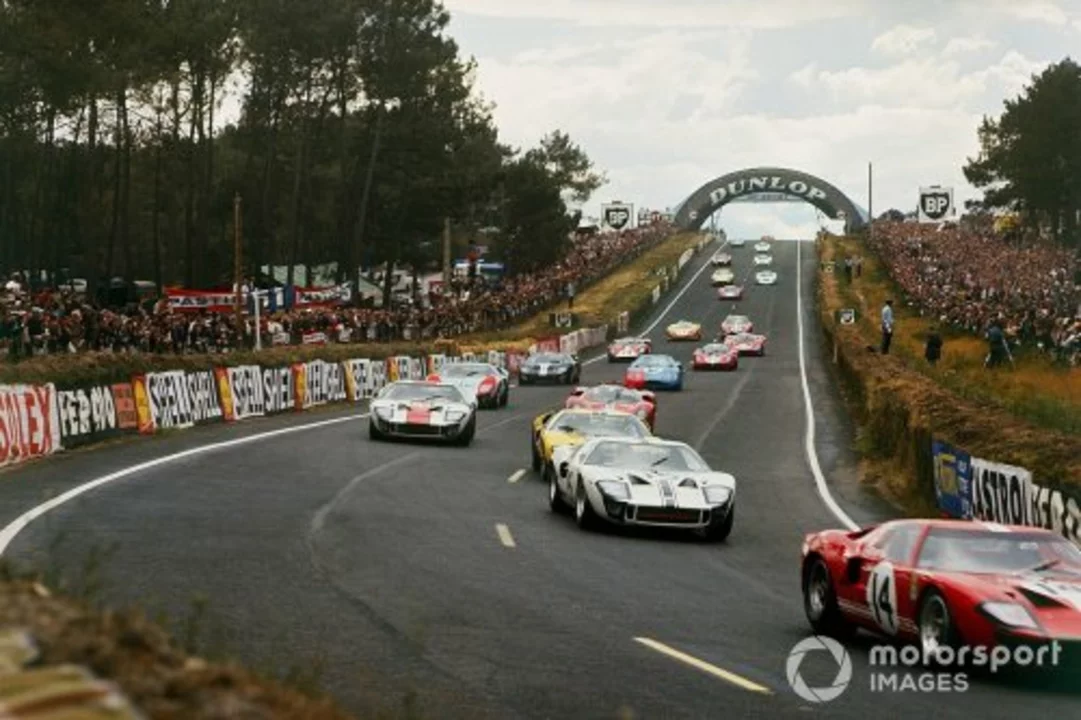Slow Down: Boost Safety and Performance in Motorsports
Ever wondered why the best racers talk about “knowing when to brake” more than “how fast to go”? It’s not just about saving a lap; it’s about staying alive and keeping your gear in shape. Slowing down the right way can actually make you faster overall.
Why “slow down” isn’t a setback
When you dive into a corner at full throttle, the tires lose grip, the bike or car slides, and you waste time correcting the mistake. A smooth deceleration lets you hit the apex cleanly, keeps traction, and lets the engine stay in its power band. Think of it like a grocery checkout line – rushing makes you hold up the whole line, while moving at a steady pace gets you to the front faster.
Take the NASCAR versus F1 debate: F1 cars roar through high‑speed corners, but they also rely on precise braking zones. Those drivers who can modulate speed without jerking the brakes consistently post better lap times. The same principle applies to motorcycles, whether you’re on a modern sport bike or a historic WWII model.
Practical ways to slow down smarter
1. Brake before the turn. Pull the brake lever early, let the bike settle, then ease off as you turn in. This keeps the front wheel planted and prevents a wash‑out.
2. Use engine braking. Downshifting and letting the engine slow you down reduces brake wear and gives you more control on long straights.
3. Look ahead. Your eyes should be where you want to go, not on the curb. Spotting the braking point early gives you a smoother transition.
4. Choose the right gear. A lower gear lets you use engine resistance, while a higher gear might force you to slam on the brakes.
5. Wear the right helmet. A well‑fitted helmet not only protects you in a crash but also helps you stay focused. Comfort means you’re less likely to tense up and over‑react when you need to slow.
Our post on the difference between a dogleg and a chicane shows how track design forces you to change speed quickly. In a dogleg, a single smooth turn lets you carry momentum, while a chicane demands a quick deceleration and re‑acceleration. Knowing which feature you’re on helps you plan your braking strategy.
If you’re aiming for a competition license, the FIA guide stresses that safety comes first. Part of the licensing process is proving you can control speed under pressure. Practicing smooth brakes now saves you headaches during the actual test.
Even casual riders can benefit. A street ride through heavy traffic isn’t a race, but sudden stops are inevitable. Applying the same “slow down early, stay smooth” mindset reduces wear on your brakes and improves fuel efficiency.
Remember the classic quote: “It’s not the speed that kills, it’s the sudden stop.” In motorsports, a sudden stop often means a crash that could have been avoided with a gentle deceleration.
So next time you line up for a lap, think about where you’ll brake, how you’ll use the engine, and what helmet will keep you comfortable. Slowing down isn’t losing time – it’s gaining control, safety, and ultimately, faster laps.
I recently came across an interesting question - why do cars at LeMans slow down before the finish line? After some research, I found out that it's mainly due to a combination of factors such as preserving the car's mechanical components, adhering to safety regulations, and ensuring the best possible result for the team. Slowing down also allows drivers to have better control over their cars, especially in high-pressure situations. In a nutshell, it's all about maintaining the balance between speed and safety to secure a successful race outcome.
